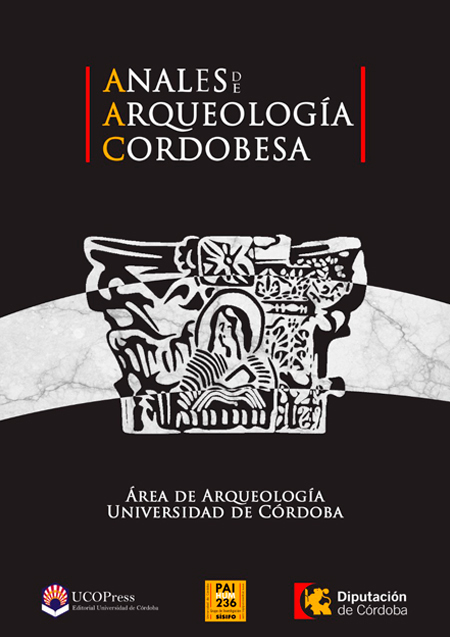The Bank Datis 'Tess' and mosaic culture in Albania
DOI:
https://doi.org/10.21071/aac.v0i0.6445Keywords:
Albania, cultural mosaic, decorative pavements, Tess, database, storage.Abstract
The study reported in this paper is part of a larger project which aims to study and catalogue comprehensively the known mosaics floors and pavements found in modern Albania. This paper concerns the database called TESS, which is, used in this research for the census of Albanian pavements and is based on digital data acquisition technologies in Culture Heritage. It allows one to describe the building and the rooms where mosaics are found, as well as to present the mosaics themselves. At the same time, it uses remote sensing for archaeology and Cultural Heritage management, which allow for the monitoring of the conservation of the buildings and the mosaics decorations. To date, 43 sites with prestige pavements (mosaics, opus sectile, cementitium etc.) have been found. In total these sites have 265 pavements, which are believed to date to the period between the 4th century BC. and the 6th century AD. The ultimate goal of this research is to carry out a critical re-analysis of the Albanian mosaics during this period. In particular, research will focus on their topographic and architectural features and on the socio-cultural aspects of their production. The goal is also to promote interest in Albanian history and archaeology, in order to stimulate activities aimed at raising public awareness and the preservation of the cultural inheritance of the country.Downloads
Download data is not yet available.
Downloads
Published
2013-12-01
How to Cite
OMARI, E. (2013). The Bank Datis ’Tess’ and mosaic culture in Albania. Anales De Arquelogía Cordobesa, 363–376. https://doi.org/10.21071/aac.v0i0.6445
Issue
Section
NEWS
License
Aquellos autores/as que tengan publicaciones con esta revista, aceptan los términos siguientes:- Los autores/as conservarán sus derechos de autor y garantizarán a la revista el derecho de primera publicación de su obra, el cuál estará simultáneamente sujeto a la Licencia de reconocimiento de Creative Commons que permite a terceros compartir la obra siempre que se indique su autor y su primera publicación esta revista.
- Los autores/as podrán adoptar otros acuerdos de licencia no exclusiva de distribución de la versión de la obra publicada (p. ej.: depositarla en un archivo telemático institucional o publicarla en un volumen monográfico) siempre que se indique la publicación inicial en esta revista.
- Se permite y recomienda a los autores/as difundir su obra a través de Internet (p. ej.: en archivos telemáticos institucionales o en su página web) antes y durante el proceso de envío, lo cual puede producir intercambios interesantes y aumentar las citas de la obra publicada. (Véase El efecto del acceso abierto).


